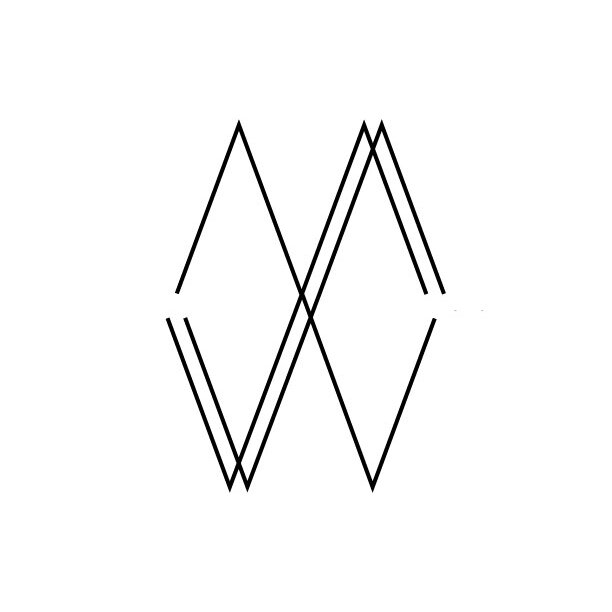Chinese Medicine Exams Review
Week 2:
Acupuncture: Lung and Large Intestine Acu Locations, 5-Elements, Special Techniques
Biomedicine: Cerebrovascular System, Dermatological System
Day 1:
Acupuncture:
Brain Dump Study Chart:
Focus on Lung Meridian. Write out what you already know.
Acupoint Locations Lung (LU):
Review Lung acupoint locations using charts, models, or flashcards.
Read:
The Foundations of Chinese Medicine “The Five Elements” continued, p.p. 15-20. Take notes on key correspondences.
Biomedicine:
Go over notes and material from your last biomedicine study session.
Day 2:
Acupuncture:
Brain Dump Study Chart:
Focus on Large Intestine Meridian
Acupoint Locations Large Intestine (LI):
Continue practicing Lung & Large Intestine points. Focus on palpation or visualization for precision.
Watch:
5-Elements: Sequences (~5 minutes)
Mother, Son (Child) & Natural or Element Points (~16 minutes) Note! This is related to Korean 4-Needle Technique, which we’ll review tomorrow as well.
Day 3:
Acupuncture:
Brain Dump Study Chart: Practice both LU and LI Meridian charts. Update with additional insights or corrections.
Review Acupoint Locations for LU and LI: Solidify understanding of Lung & Large Intestine points, paying attention to clinical indications.
Watch: Korean 4-Needle Techniques (~14 minutes) and Chinese 3-Needle Technique (5 min).
Biomedicine:
Watch: Cerebral Vascular Imaging & Anatomy (~20 min) and Cerebral Vascular Disease (-11 min).
Create “Know Your Stuff” questions based on the video content.
Day 4:
Acupuncture:
Brain Dump Study Chart: Focus on combining LU and LI into one chart. Finalize your chart with key patterns, indications, and point groupings.
Read: The Foundations of Chinese Medicine “The Five Elements” continued, p.p. 21-34
Review: LU and LI Points (write out location and indications for 5 key points on each meridian). Ensure fluency in locating all Lung & Large Intestine points. Quiz yourself or have a peer test you.
Biomedicine:
Review notes from Wednesday’s cerebrovascular videos.
Begin: Dermatological System Overview. (~1.5 hours).
Day 5:
Acupuncture:
Brain Dump Study Chart: Full LU + LI Meridian Practice.
Review: Main Correspondences and 5-Elements Sequences.
Reflect: How does 5-Elements sequences connect to Zang Fu diagnosis?
Practice: Mother, Son, and Father Points for LU and LI cases.
Biomedicine:
Complete: Dermatological System Overview (~1.5 hours if unfinished).
Create “Know Your Stuff” questions for dermatological system concepts.
Day 6:
Accountability Check-In:
Identify weak areas: Review LU/LI points, Zang Fu comparisons, or 5-Elements sequences.
Make sure you’re strong in Mother, Son, and Father Points.
Practice diagnosing a Zang Fu issue using 5-Element terminology.
End-of-Week Review:
Revisit and summarize all topics studied this week:
LU and LI Acupoint Locations.
5-Elements: Main Correspondences, Sequences, and Zang Fu Comparisons.
Cranial Nerves, Cardiovascular, Cerebrovascular, and Dermatological Systems.
Test yourself with flashcards and practice questions.
Day 7:
Rest Day: Recharge and reflect on the week’s progress.
Week 1
Acupuncture: Yin Yang Theory
Biomedicine: Cranial Nerves and Cardiovascular System
Day 1: Yin-Yang Theory
Read:
Pages 1–7 of The Foundations of Chinese Medicine.
Focus: Yin-Yang Correspondences and Principles.
Review:
Jin Tripp Acupuncture Review: Foundation > Yin-Yang tab.
Flashcards:
Go through Yin-Yang flashcards (password: pass). Test yourself repeatedly until you can recall them effortlessly.
Notes/Reflection:
Write a brief summary of the Four Laws of Yin-Yang in your own words.
Day 2: Cardinal Yin-Yang Signs
Read:
Pages 8–15 of The Foundations of Chinese Medicine.
Focus: Cardinal Signs of Yin-Yang imbalance.
Review:
Jin Tripp Acupuncture Review: Foundation > Diagnosis > Inquiring tab.
Flashcards:
Review Yin-Yang flashcards again but apply them to case examples (e.g., What might Yin Deficiency look like?).
Day 3: Cranial Nerves
Watch Video:
Cranial Nerves YouTube video. Focus on memorizing the names, functions, and sensory/motor distinctions.
Practice Mnemonics:
Create or memorize a mnemonic for the cranial nerves (e.g., "Oh, Oh, Oh, To Touch And Feel Very Green Vegetables, AH!").
Flashcards:
Create or find flashcards for cranial nerve names and functions.
Day 4: Cardiovascular System
Watch Video:
Cardiovascular System YouTube video. Pay attention to the physiology and terminology.
Diagram Practice:
Sketch a simple diagram of the heart and label its chambers, valves, and major vessels.
TCM Integration:
Reflect on how the cardiovascular system relates to the Heart in TCM (e.g., Heart governs Blood).
Day 5: Review Day
Review:
Yin-Yang flashcards and corresponding notes.
Cranial nerves mnemonics and cardiovascular diagram.
Practice Questions:
Create 10–15 mock questions (e.g., What are the oppositional correspondences of Yin and Yang? Name the 12 cranial nerves).
Teach Back:
Explain one concept from each topic to a study buddy or aloud to yourself.
Day 6: Practice Questions & Reflection
Questions:
Take a timed quiz covering Yin-Yang theory, cranial nerves, and the cardiovascular system. Use any online question bank or create your own.
Reflection:
Write down 2–3 takeaways or areas of improvement for each topic.
Day 7: Rest or Catch-Up
Use this day to rest and recharge. If needed, catch up on any material you didn’t finish.
Additional Tips
Active Recall: After each study session, close your book or video and try to recall the main points without looking.
Pomodoro Technique: Use 25-minute focused study intervals with 5-minute breaks to stay fresh.
Weekly Reward: Celebrate completing the week (e.g., treat yourself to a special tea or a walk in nature).
